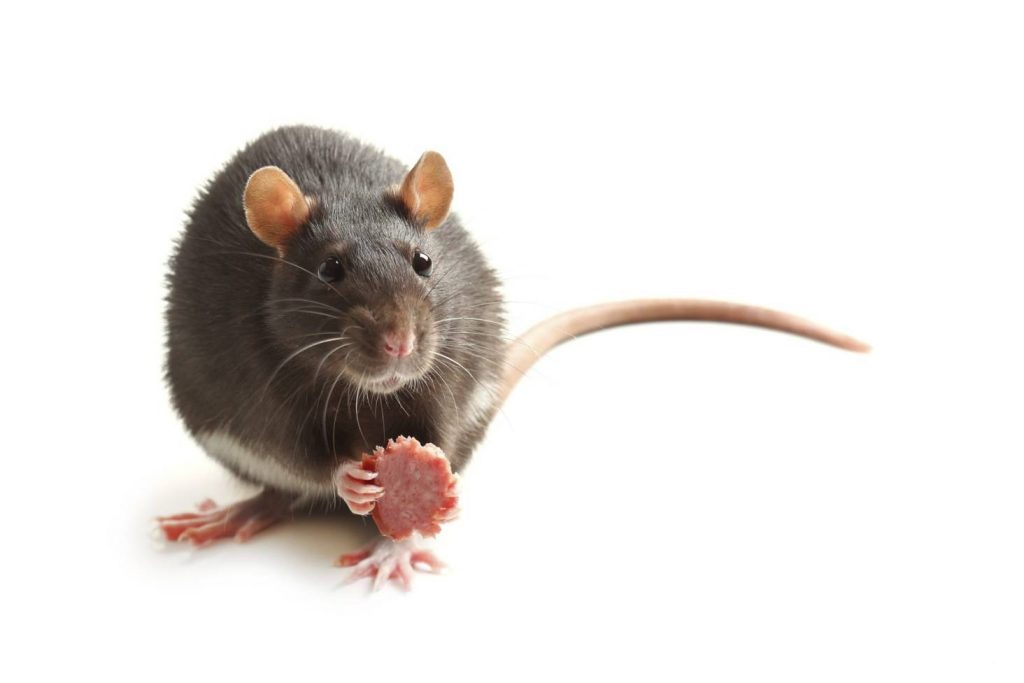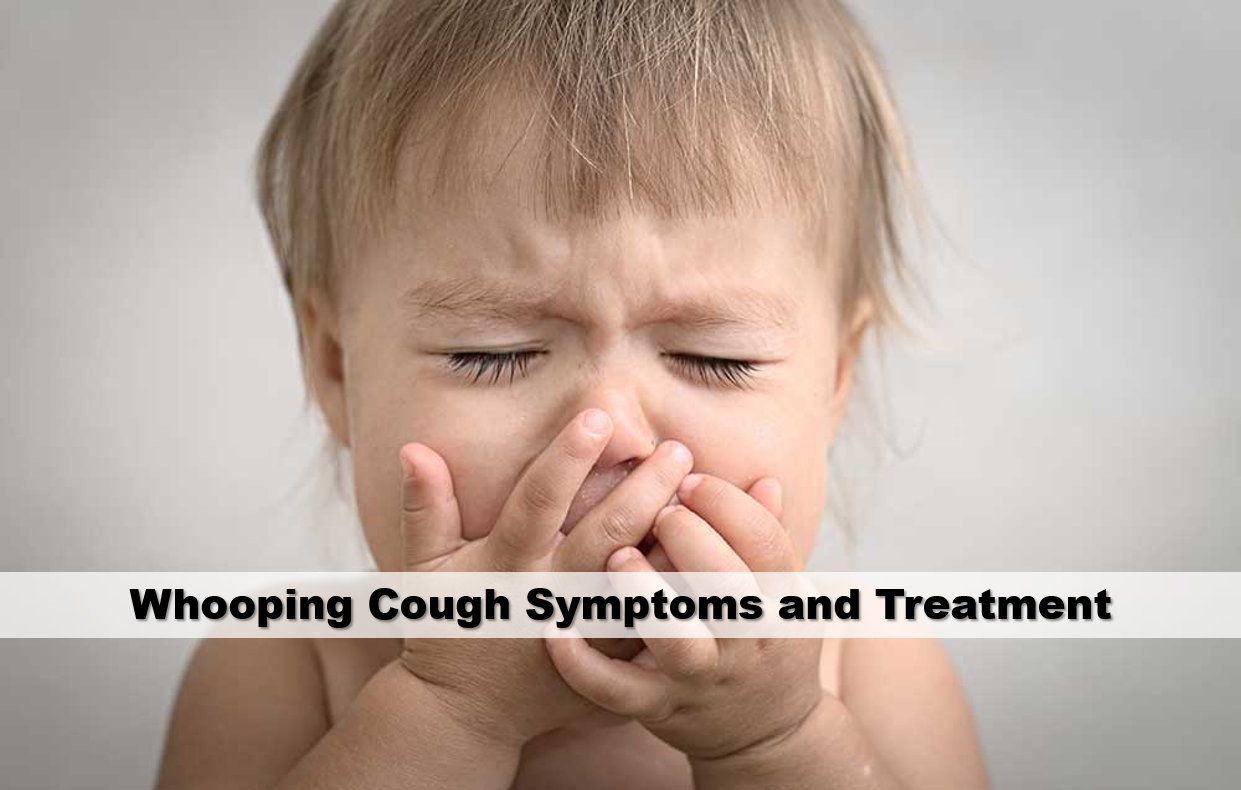What Is Plague? How To Diagnose Plague

Is a plague caused by rats? How Plague is caused? Plague, an infectious disease, is one of the bacterial infections. The plague, which is highly dangerous, is a contagious and fatal disease. The disease caused by the bacterium “Yersinia Pestis” is popularly known as the Black Death. The bacterium Yersinia Pestis is generally found in animals and is most commonly transmitted to humans through fleas.
Although the researches show that the plague is more common in rural settlements, it can easily spread from these regions to cities. The high population of mice due to lack of infrastructure and poor hygiene conditions in distorted urban settlements also causes the plague to spread faster. Because plague disease is a bacterial disease, it is possible to prevent the disease with the antibiotics used today. This disease, which has caused major epidemics and countless deaths in the past, has recently begun to disappear with the development and spread of antibiotics. Here, we will explain the causes and diagnosis of plague, Black Death.

About Plague
The bacterium Yersinia Pestis, which caused the disease, was discovered in 1894 by Alexandre Yersin and was named after the explorer. In dark and humid environments, the body can maintain its vitality even for years. It is known that the bacterium can be transformed into a special form for several weeks, with a month in the feces of fleas, and alive for several weeks in inflammation and sputum.
Yersinia Pestis bacteria, which are known to be extremely resistant to cold, maintain their viability for long periods in frozen environments. Research shows that the plague has emerged in China and Central Asia, and has spread to large geographies along with migrations. The plague, described as the black death, has in the past caused the death of half of the European population.
The disease has played a role not only in the death of humans but also in the death of many animals. Today, after the diagnosis of the disease, antibiotic applications can be treated 100%. Therefore, early detection of symptoms is significant for the success of the treatment of the disease. Individuals experiencing plague symptoms should be treated as soon as possible by consulting to health care facilities.
Plague Causes
The bacterium Yersinia Pestis, which causes plague, is transmitted to rodents. 95% of the world plague diseases occur in the poorer parts of the African continent. Flea, which is a parasite in wild animals, plays an active role in the spread of bacteria as it feeds on the blood of the diseased animal. At the same time, the human consumption of animals with plague is another essential cause of infection. Although the disease is mostly seen in rodent animals, the disease can spread to large masses due to the consumption of these animals in the poor.

How To Diagnose Plague?
Since the symptoms are quite high, the patient should be evaluated in many aspects during the diagnosis. If plague symptoms are observed in the individual, some tests are performed in the laboratory. Since the incubation period of the bacteria is between 2-8 days, blood tests are very significant at this stage. Besides, since the bacteria can directly affect the lymph nodes, lymph node biopsy can be used.
Before starting these procedures, the patient’s history should be taken in detail, because the symptoms of many bacterial diseases include high fever, vomiting, and pain. After the diagnosis is made, the patient should be treated in an isolated environment and antibiotic treatment should be given to other people who are in the same environment with the patient.
Triple X Syndrome Causes, Symptoms, and Treatment
Twin Pregnancy (Multiple Birth)
Coronavirus Causes and Symptoms





